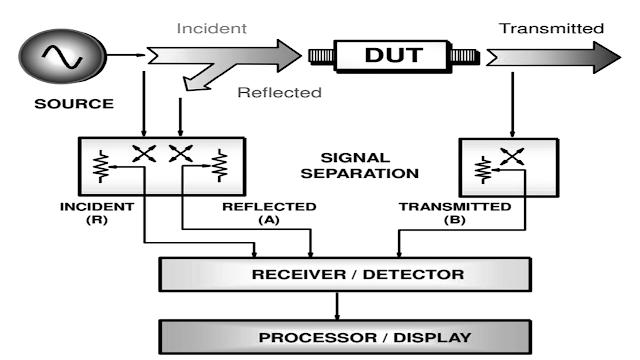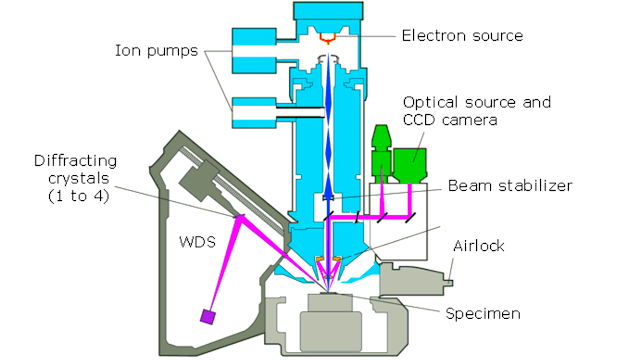Vector signal analyzer

Vector signal analyzer A vector signal analyzer measures the magnitude and phase of aninput signal at a single frequency within the IF bandwidth of the instrument. The primary use is to make in-channel measurements, such as error vector magnitude, code domain power, and spectral flatness, on known signals. A vector signal analyzer is an instrument that measures the magnitude and phase of the input signal at a single frequency within the IF bandwidth of the instrument. The primary use is to make in-channel measurements, such as error vector magnitude, code domain power, and spectral flatness, on known signals. Vector signal analyzers are useful in measuring and demodulating digitally modulated signals like W-CDMA, LTE, and WLAN. These measurements are used to determine the quality of modulation and can be used for design validation and compliance testing of electronic devices. The vector signal analyzer spectrum analysis process typically has a down-convert & digitizing stage...




